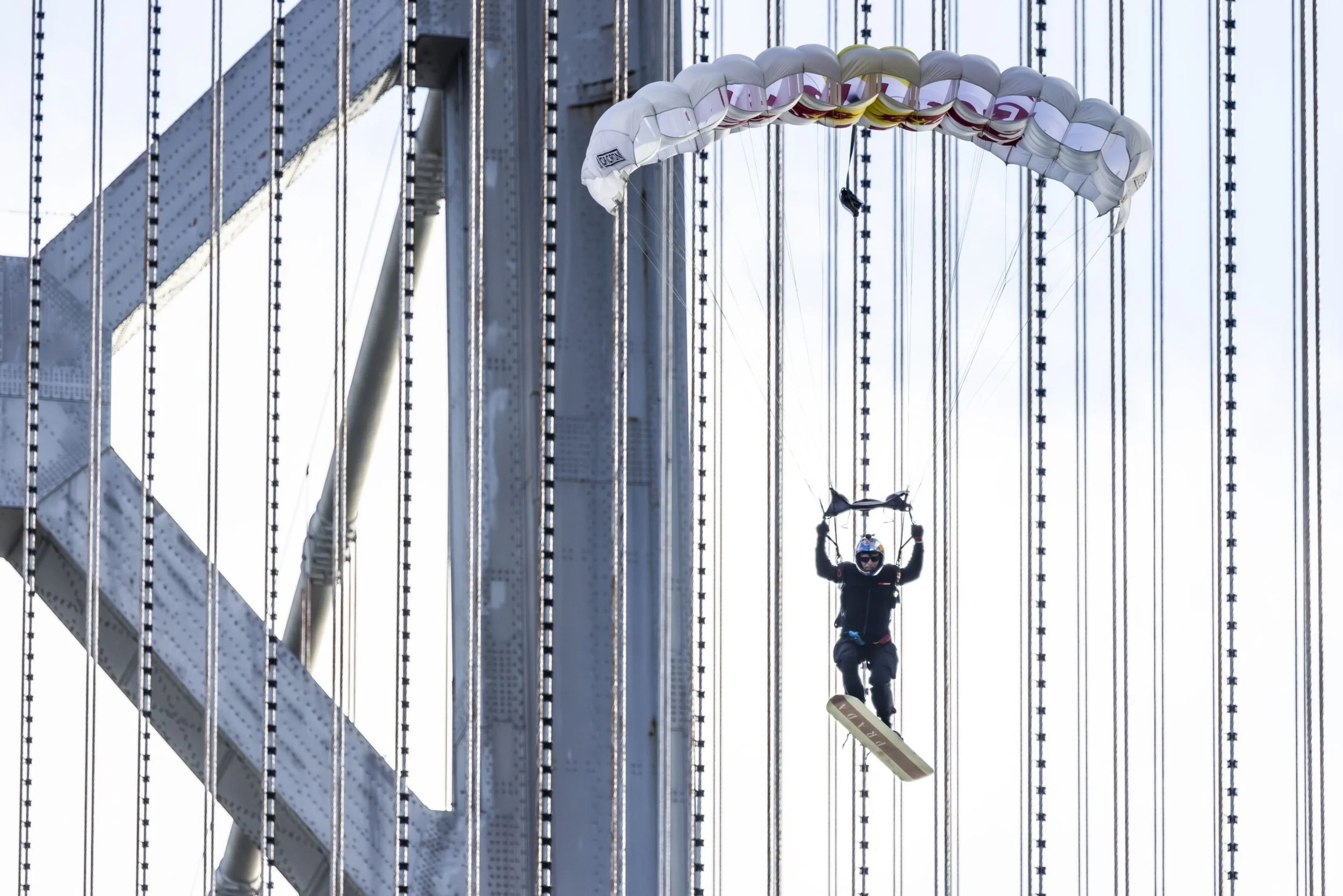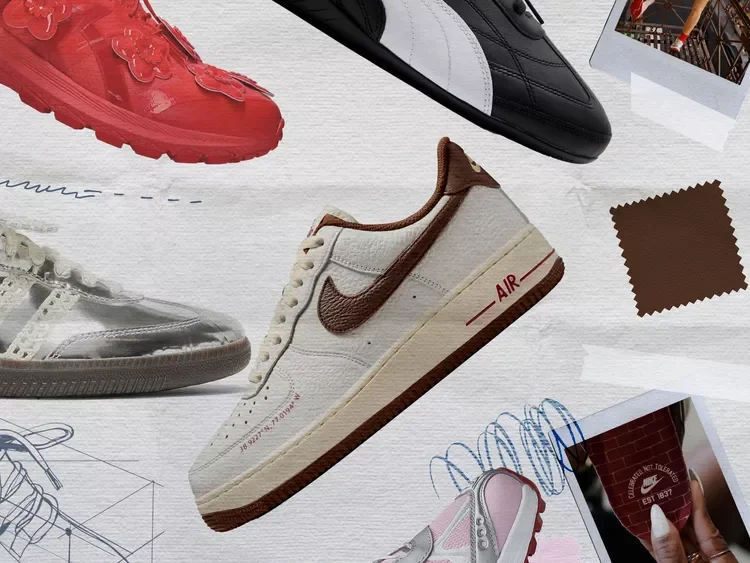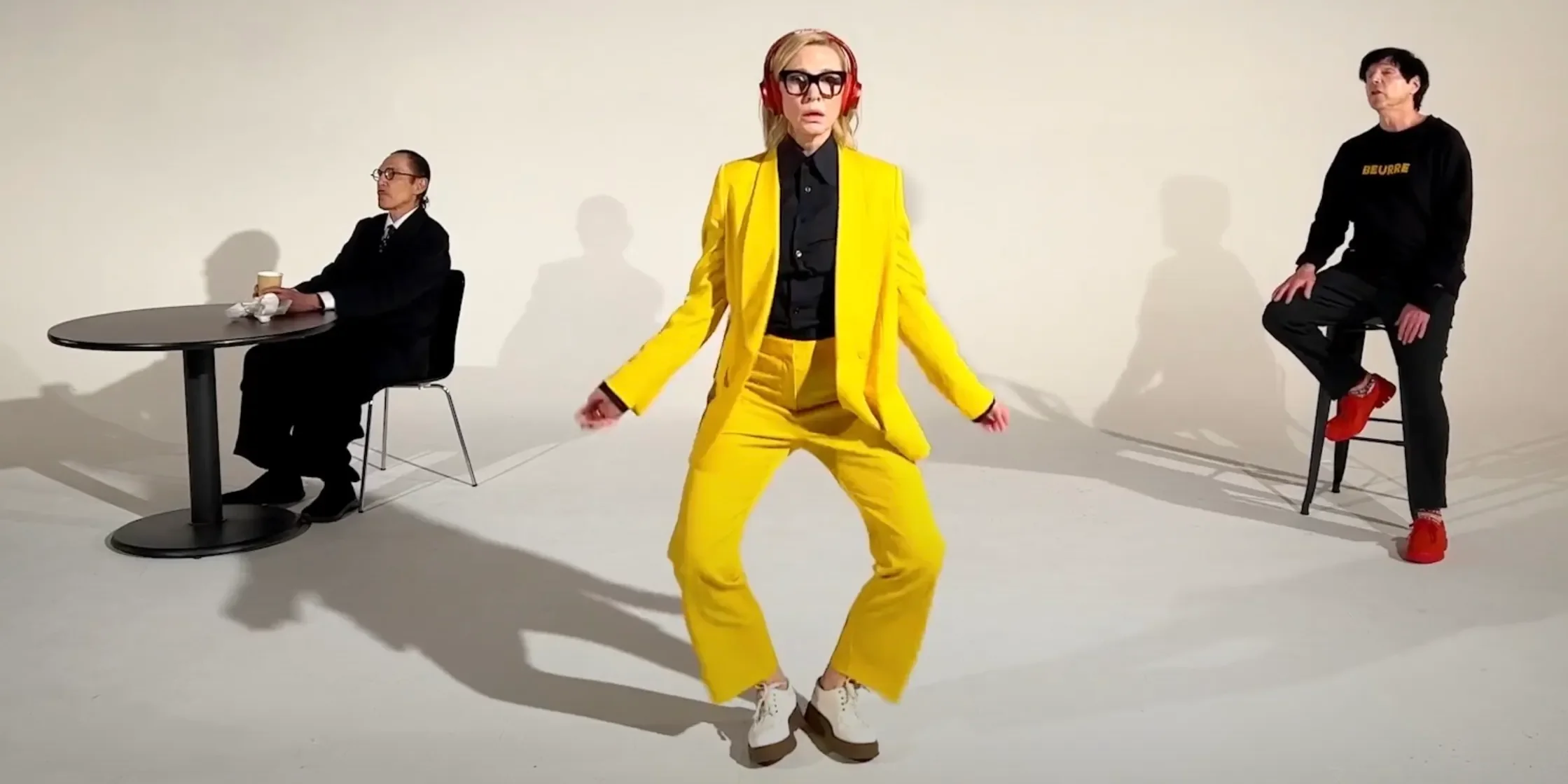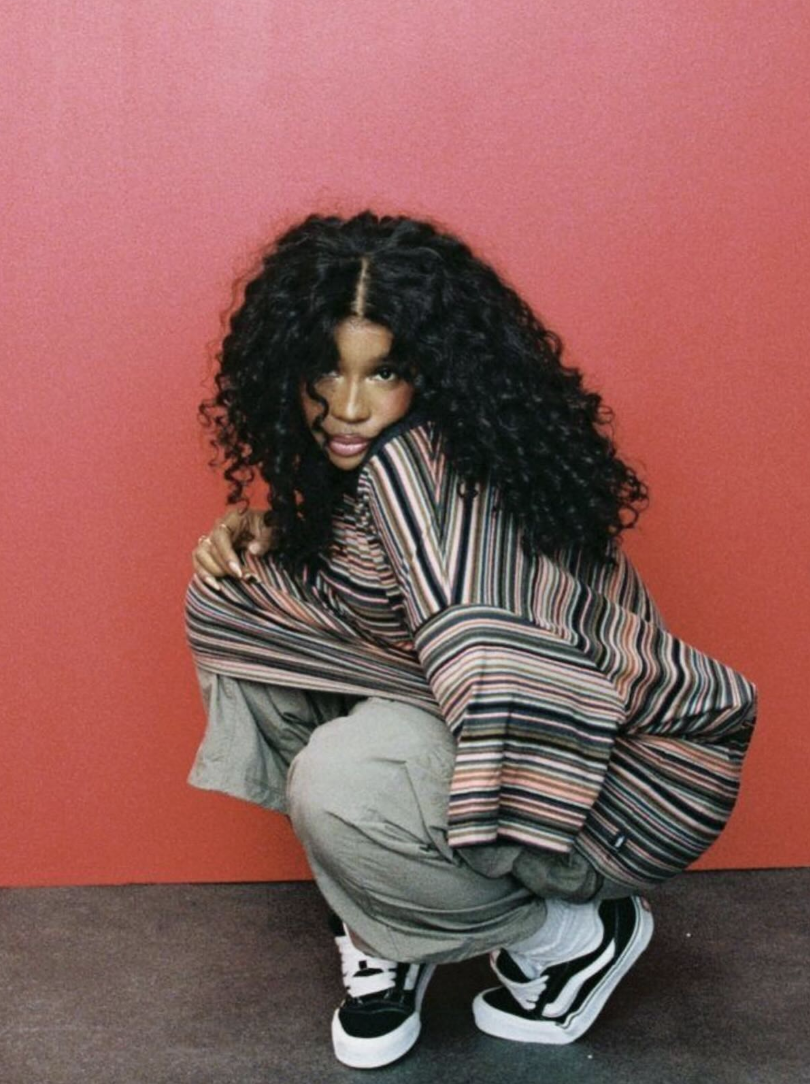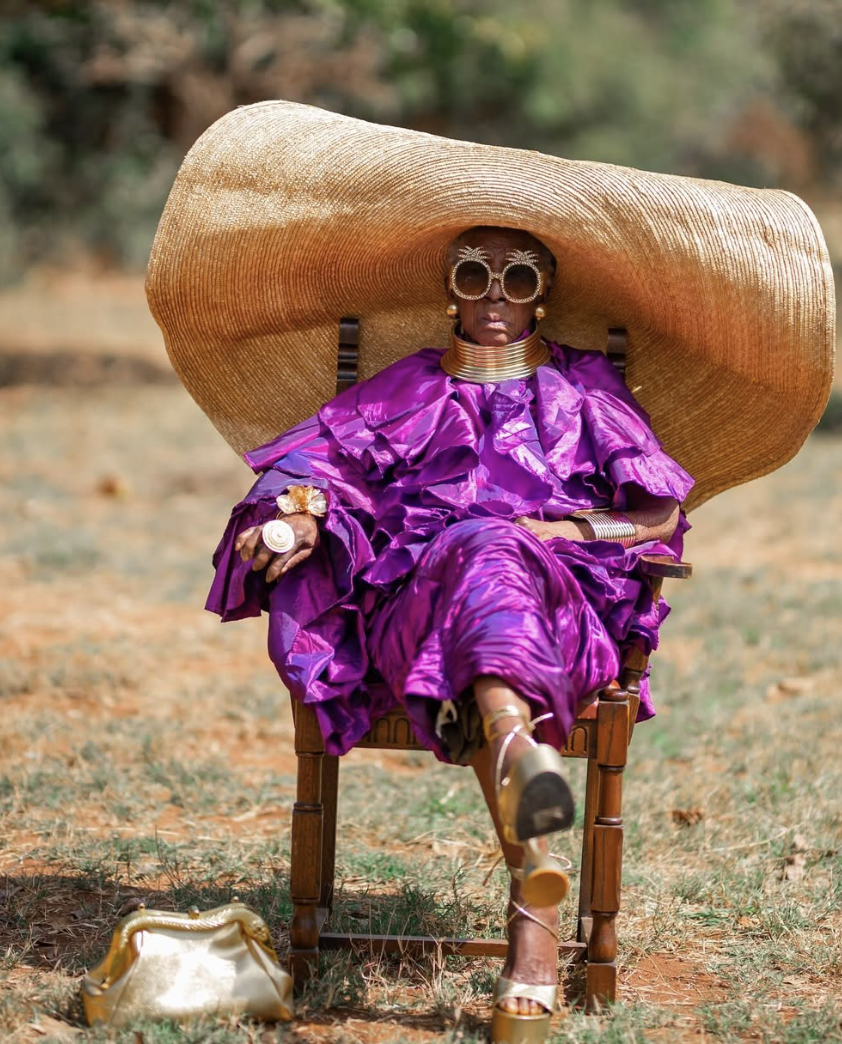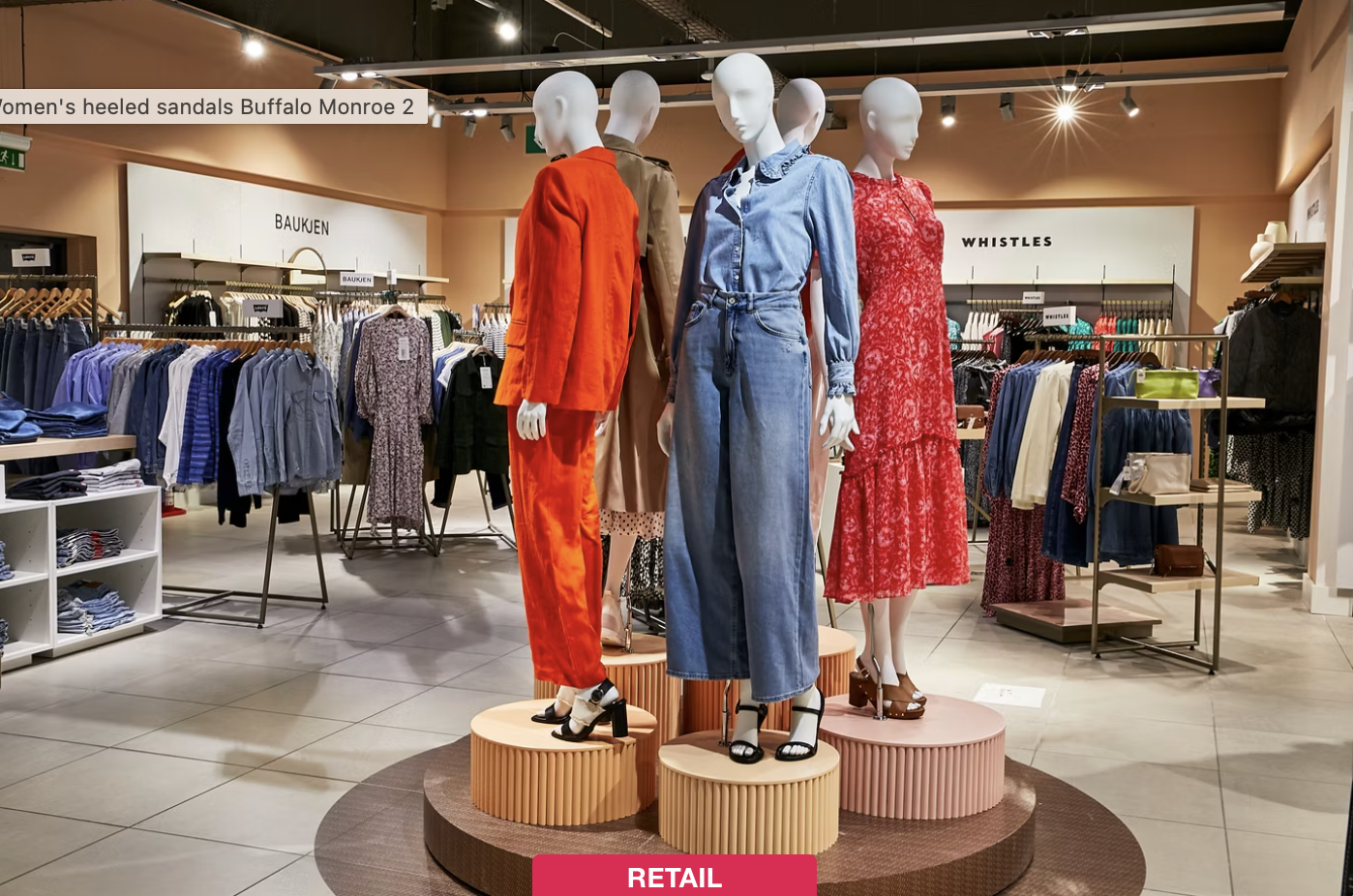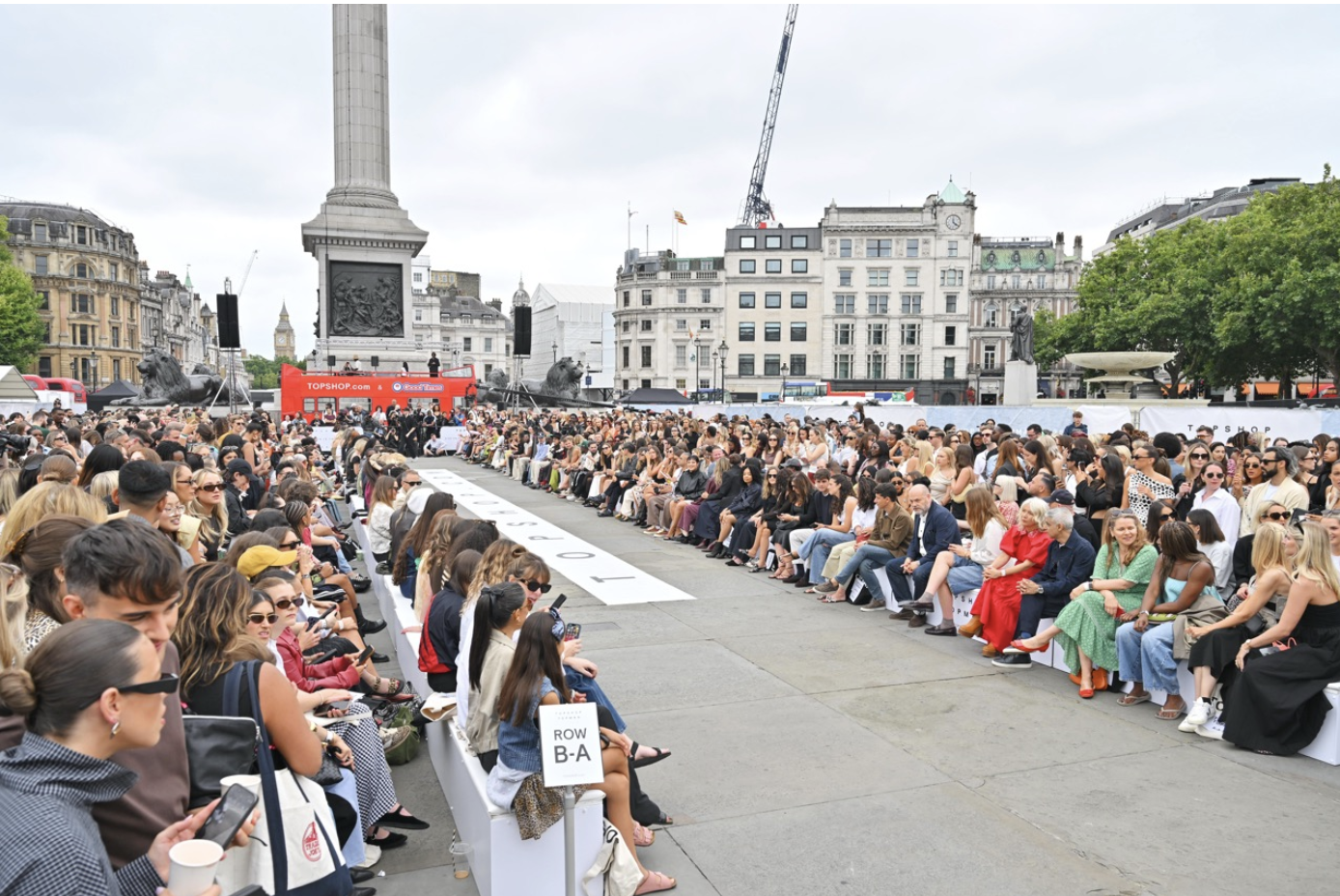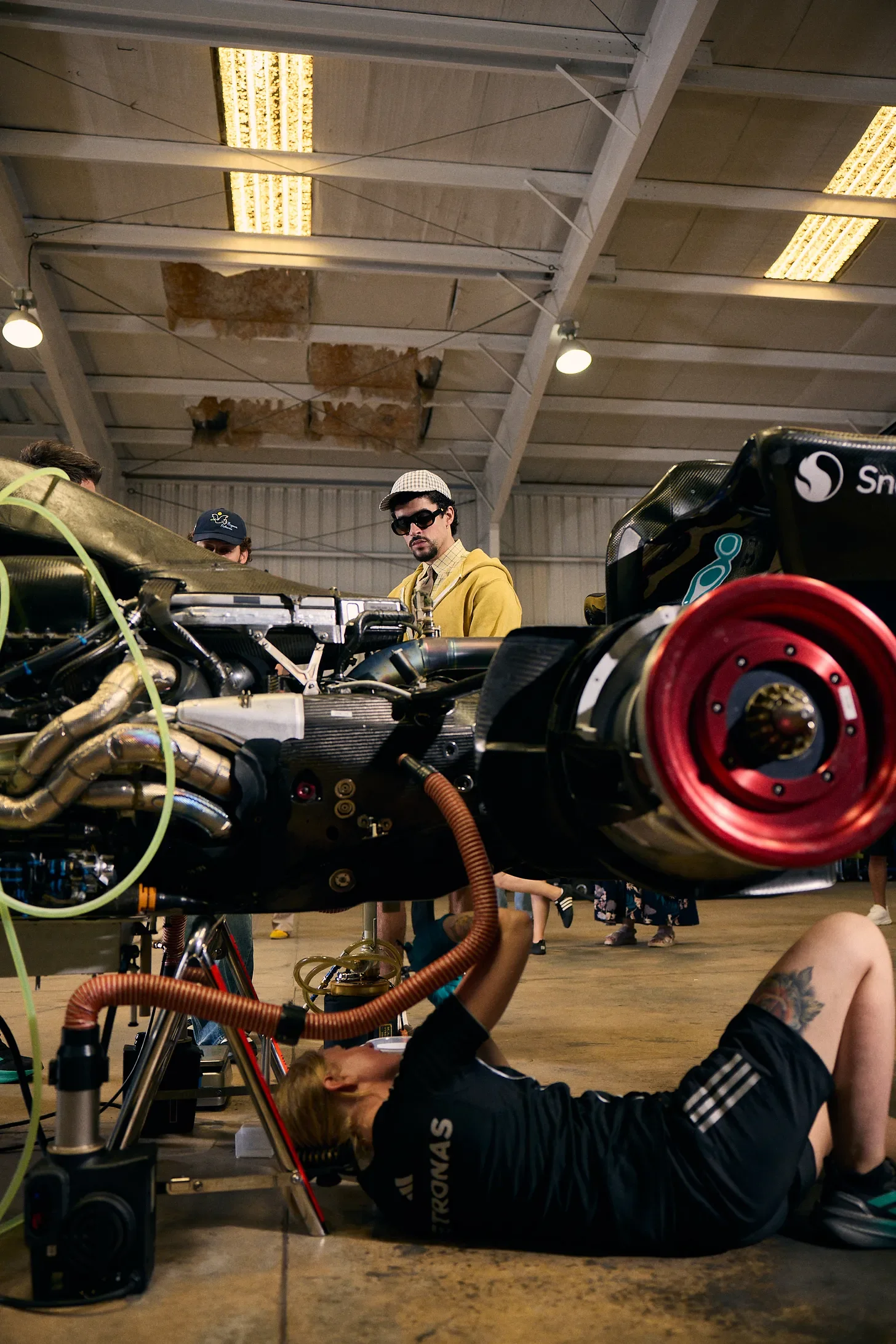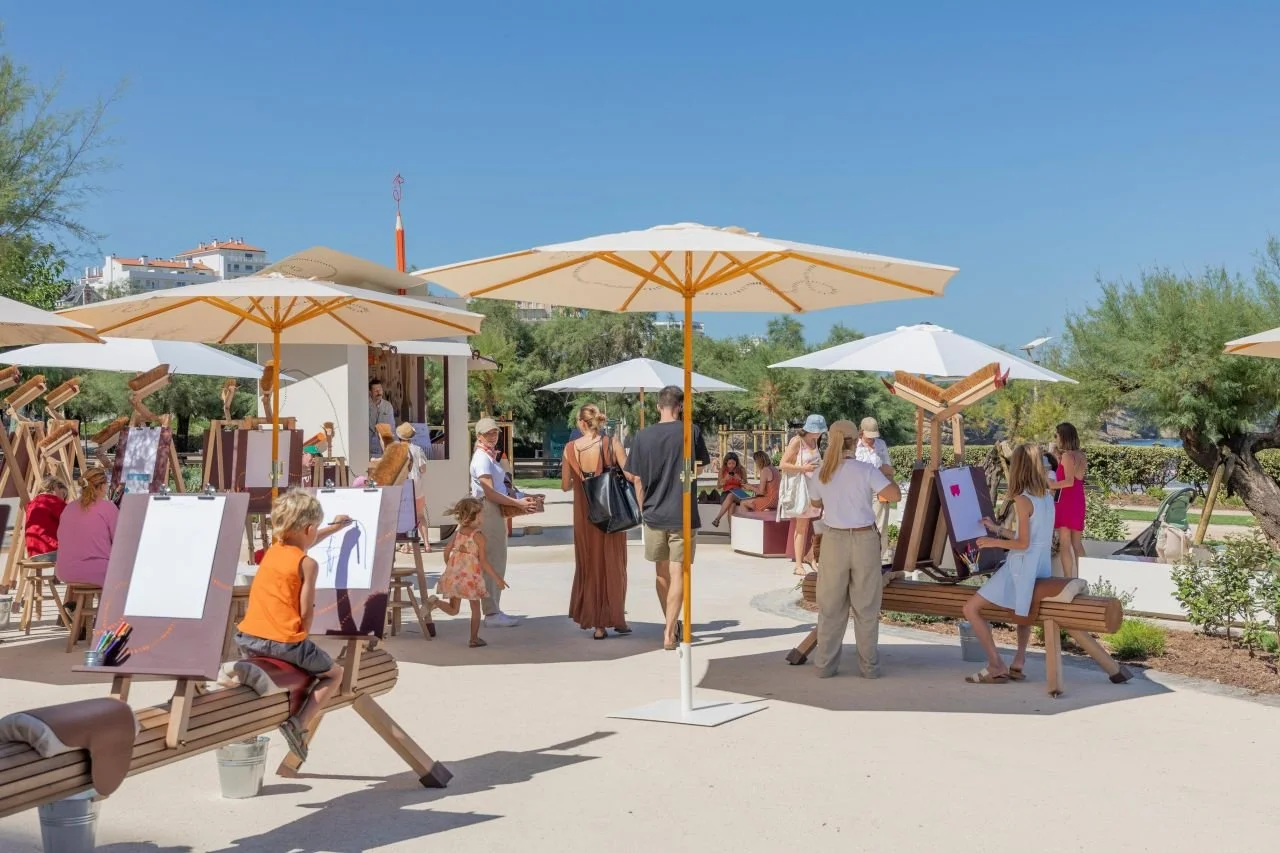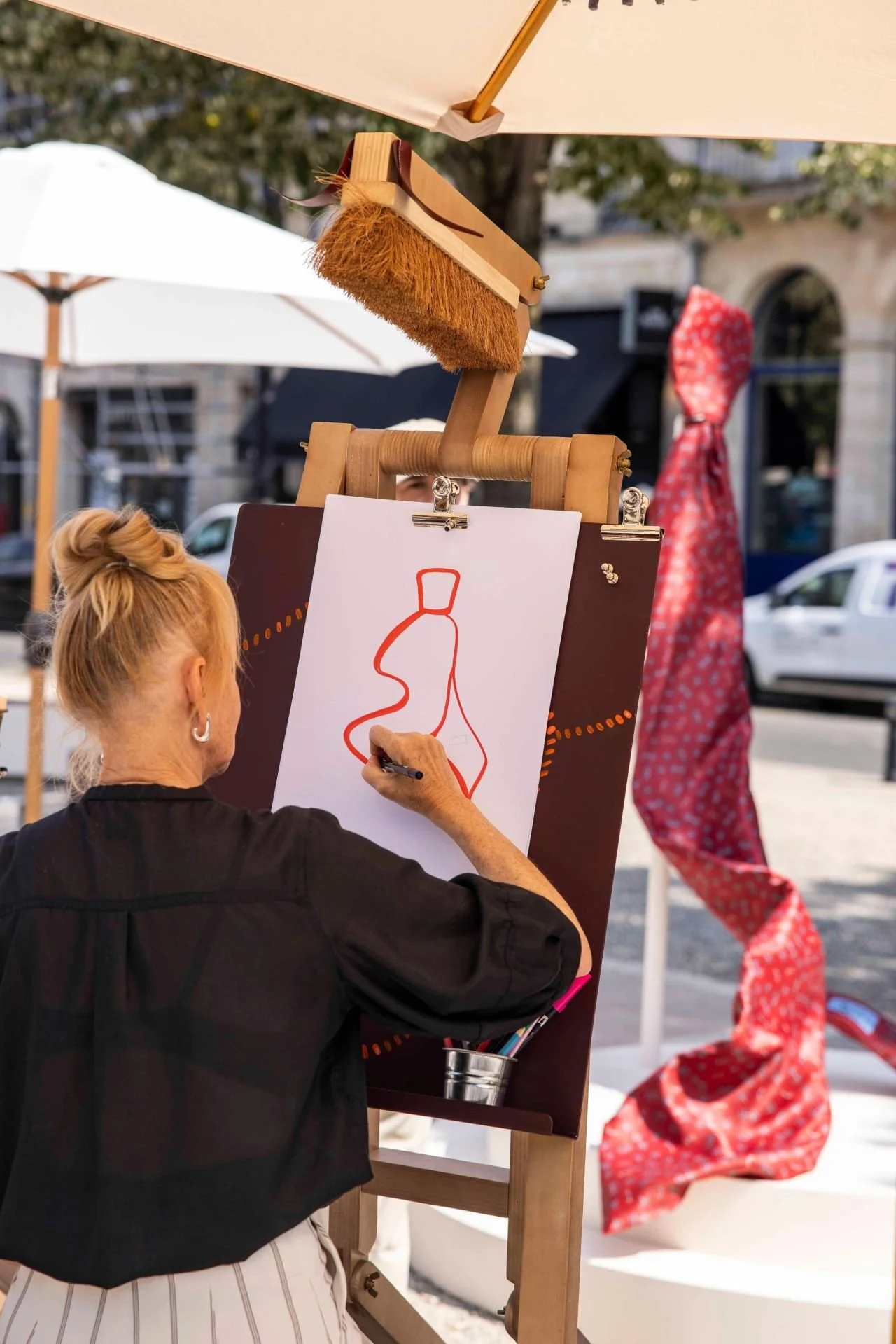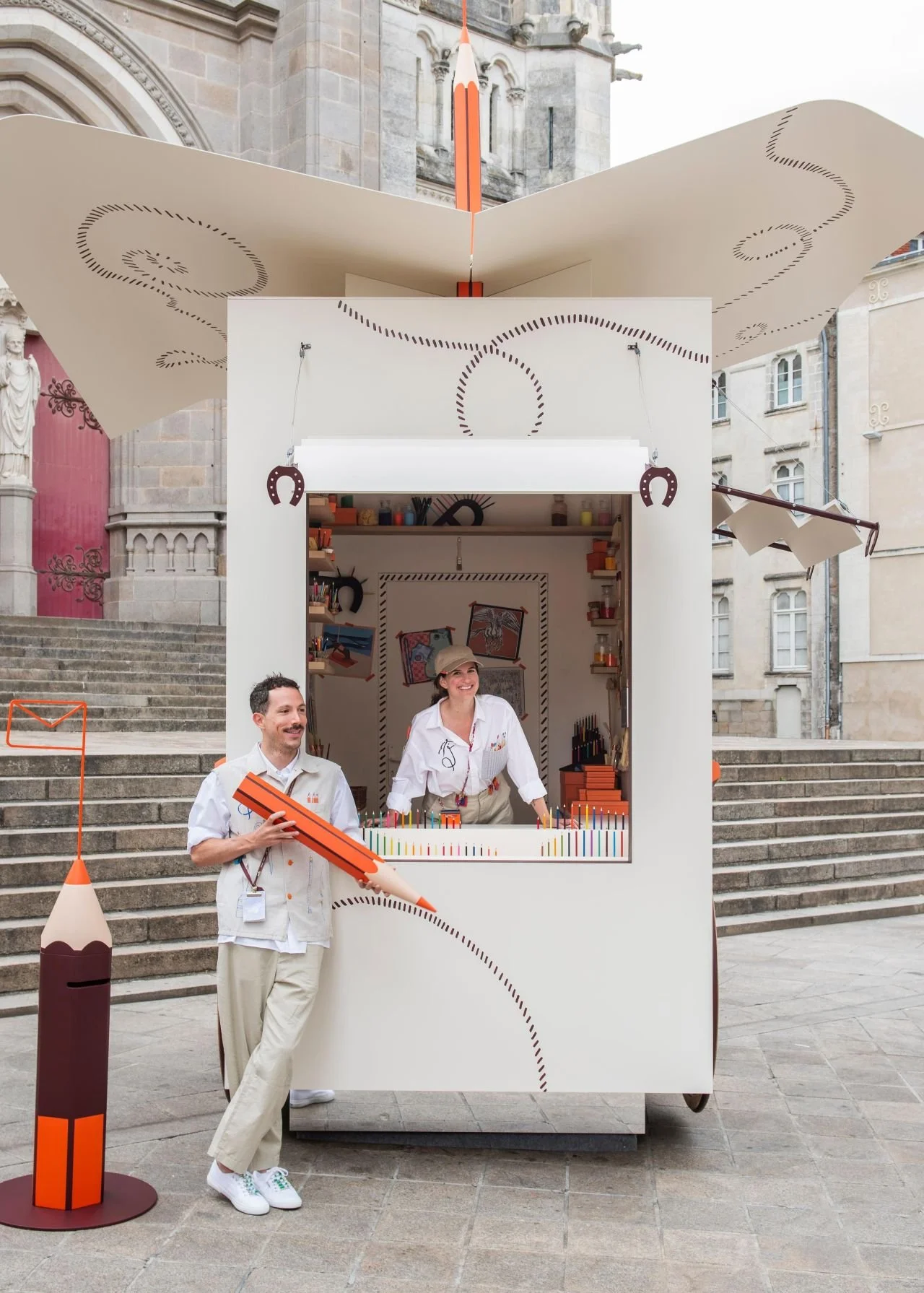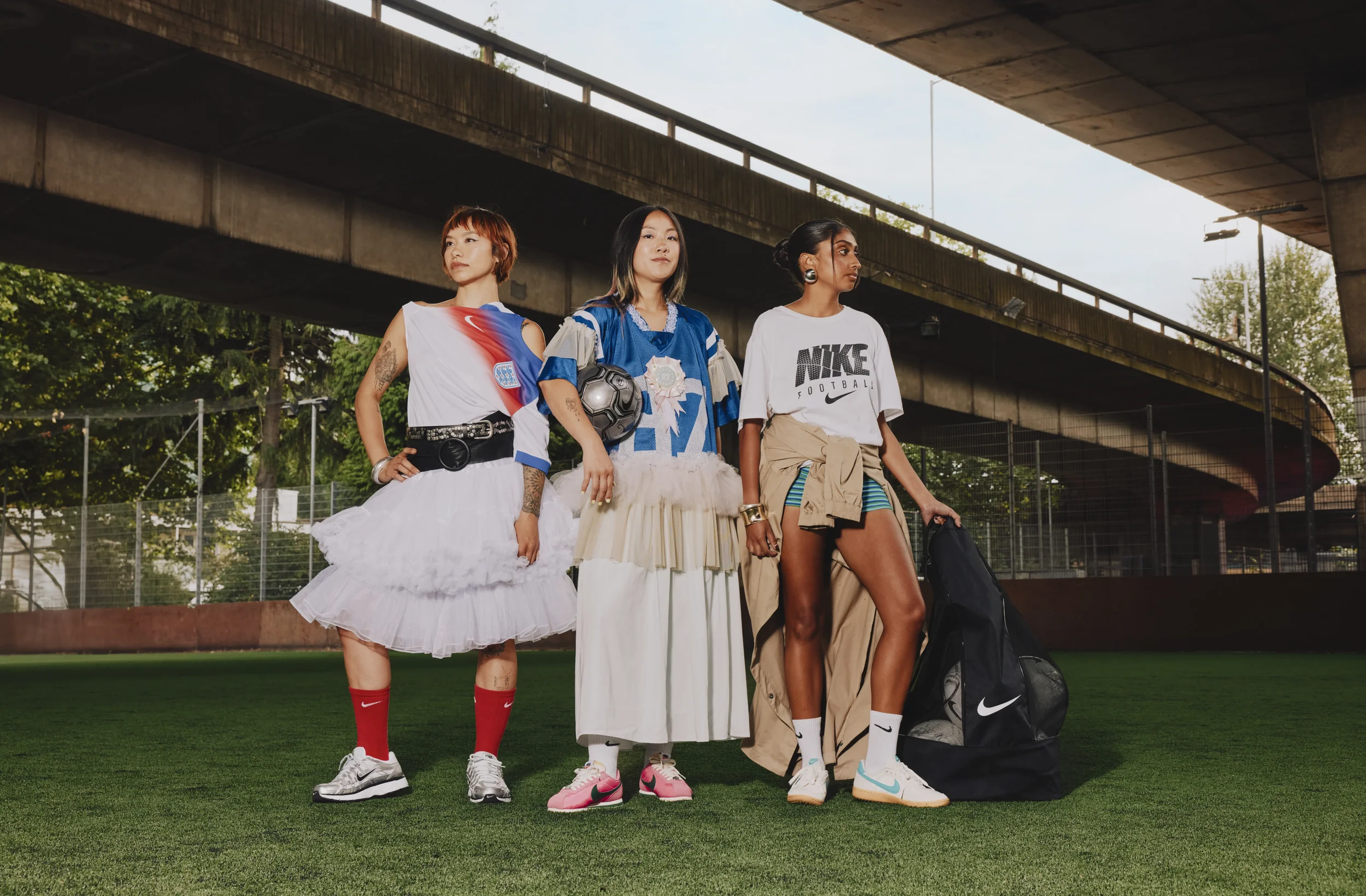Rihanna’s Fenty has made its first official move into sports sponsorship - and it’s not with the NBA or NFL, but with the WNBA’s New York Liberty. This deal is more than a brand alignment; it’s a cultural statement. Beauty brands aren’t just following athletes into sport - they’re redefining what it means to be an athlete, a style leader, and a cultural figure.
📊 Supporting Stats
WNBA regular season viewership up 170% year-on-year (2023–2024), the league’s best in 24 years.
1.6m viewers tuned into the 2024 Finals - the most-watched in 25 years, up 115% on the previous year.
League attendance hit its highest in 22 years. (Sources: NBC News, WNBA)
🧠 The Brand Opportunity
This works on multiple levels. Fenty has built its reputation on breaking beauty boundaries and democratising representation - values that align perfectly with the WNBA’s surge in visibility and cultural relevance. Unlike traditional sponsorships, this partnership isn’t just logo placement. The “Gloss Bomb Cam,” exclusive Liberty-branded lip gloss, and beauty-led fan experiences make the activation feel alive, participatory, and in sync with the audience.
Strategically, Fenty is betting on the rise of women’s sports as a lifestyle platform. Players like Isabelle Harrison and Angel Reese aren’t just athletes - they’re beauty icons, influencers, and style references. For Fenty, this is about meeting consumers in cultural spaces where identity and aspiration converge.
📌 Key Takeouts
Rihanna’s Fenty signed its first sports partnership with the New York Liberty.
Women’s basketball is at a historic high in audience growth and cultural impact.
The activation is experience-driven, from arena activations to player-led beauty storytelling.
Beauty brands (Glossier, CoverGirl, Sephora, Essie) are making the WNBA their sports entry point — skipping men’s leagues.
This signals a shift in sponsorship logic: women’s sports are no longer the “secondary” market but a prime stage for cultural innovation.
🔮 What We Can Expect Next
Expect more crossover between beauty, fashion, and women’s sport, with players positioned as multidimensional influencers. Brands will compete for authentic alignment with athletes who embody more than performance - they embody style, beauty, activism and identity. The risk? Oversaturation. If every brand rushes in without thoughtful integration, fan trust could erode. But for now, Fenty has set a new gold standard: culturally relevant, commercially smart, and strategically timed.
💄 Bottom line: Fenty’s Liberty deal isn’t just sponsorship — it’s culture work.



